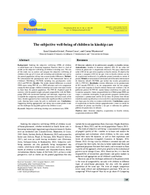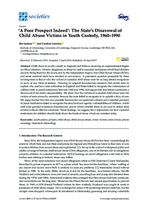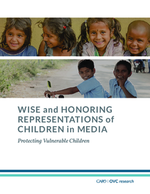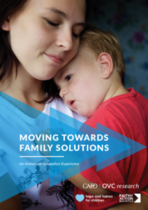Forced Child-Family Separations in the Southwestern US Border Under the “Zero-Tolerance” Policy: the Adverse Impact on Well-Being of Migrant Children (Part 2)
This article examines the situation of minors from El Salvador, Guatemala, and Honduras who have been forcibly separated from their parents at the southwestern US border.










